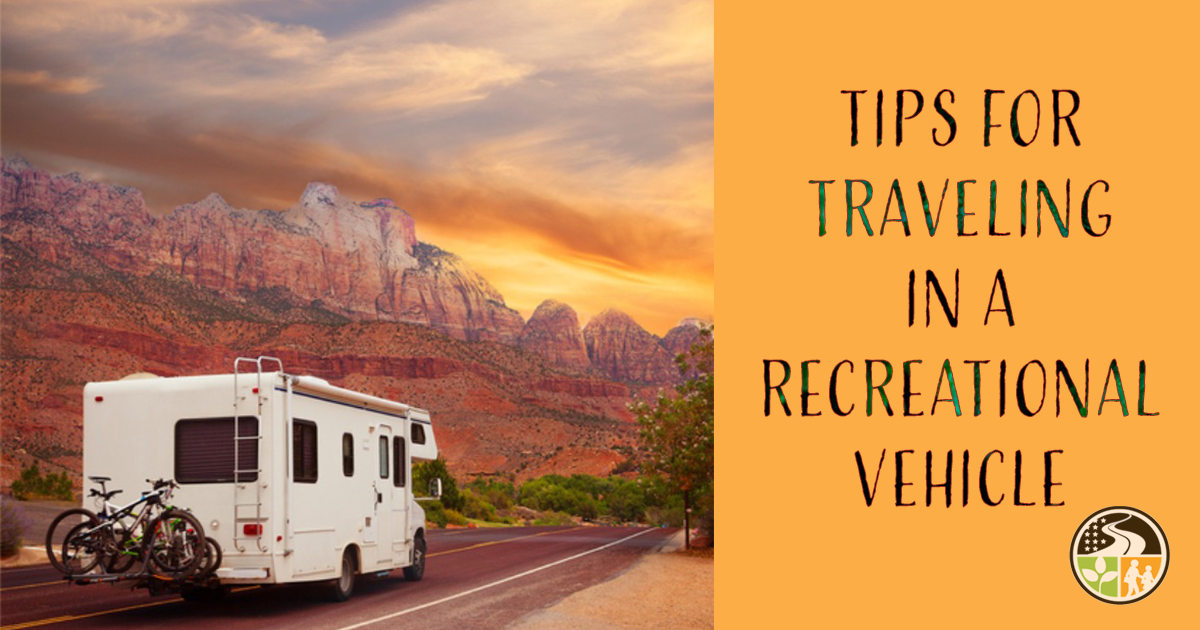Tips for Traveling in a Recreational Vehicle

Are you planning a trip in an RV? Whether you are traveling in a motorhome or dragging along a trailer, get ready for an unforgettable experience. It can unite your family and give you lasting memories. What can you do to keep the road trip fun and safe for everyone? Here are some of our favorite tips for traveling in a recreational vehicle.
Choose an RV that meets your needs
There are many types of RVs, but here is one basic point to keep in mind. If you plan to tow a travel trailer behind a truck, keep in mind that passengers cannot ride in the trailer while it is moving. They must actually ride in the truck. On the other hand, passengers in a motorhome have easy access to the bathroom, kitchen and beds. Of course, some of this convenience may come at a price. It is good to research the possible fuel cost before committing to a motorhome.
Practice ahead of time
If this will be the first time you take a road trip with a motorhome or trailer, practice driving ahead of time. That way you can become familiar with handling a larger vehicle before you have the added pressure of the kids, pets or extended family in the back.
Enjoy the ride
One of the joys of traveling by RV is that you can stop and smell the flowers . . . quite literally! Plan to leave a buffer of time between one destination and the next so that you can stop along the way to enjoy the particular beauty of the mountain ranges you pass, the national parks that are nearby or the little mom-and-pop restaurant that you discover on a country back road.
Pack the snacks
If the distance between each destination is long, remember to pack healthy snacks and enough drinking water. This will lessen the stress of finding a place to eat on a deserted highway with famished children. Also, if someone in your family has particular dietary concerns, it’s wise to pack food for their needs.
Know where to spend the night
Research your options in advance. Not all campgrounds will accept every kind of vehicle. Also, you should carefully plan the distance between your daytime destinations and your nighttime locations. In particular, there are KOA campgrounds all over the United States. Check online to see if your vehicle and itinerary match up with their locations.
Know how to spend the night
While checking into a hotel may be simple, checking into a campground requires some forethought. Know in advance how to hook up your electricity, water and sewage to the campground facilities. Don’t let midnight sewage problems sour the vibe of a great road trip.
Safety in the wild
RV safety includes treating wildlife you meet along the way as . . . wild. They’re not pets, so keep your distance. Research the area you’ll be visiting to find out what insects, snakes or other critters large and small can pose a health risk. Pay attention to the safety instructions at your campground. Know how you should react if you do have a close encounter with local wildlife.
- 2025
- 2023
- 2022
- 2021
- 2020
- 2019
- 2018
- 2017

